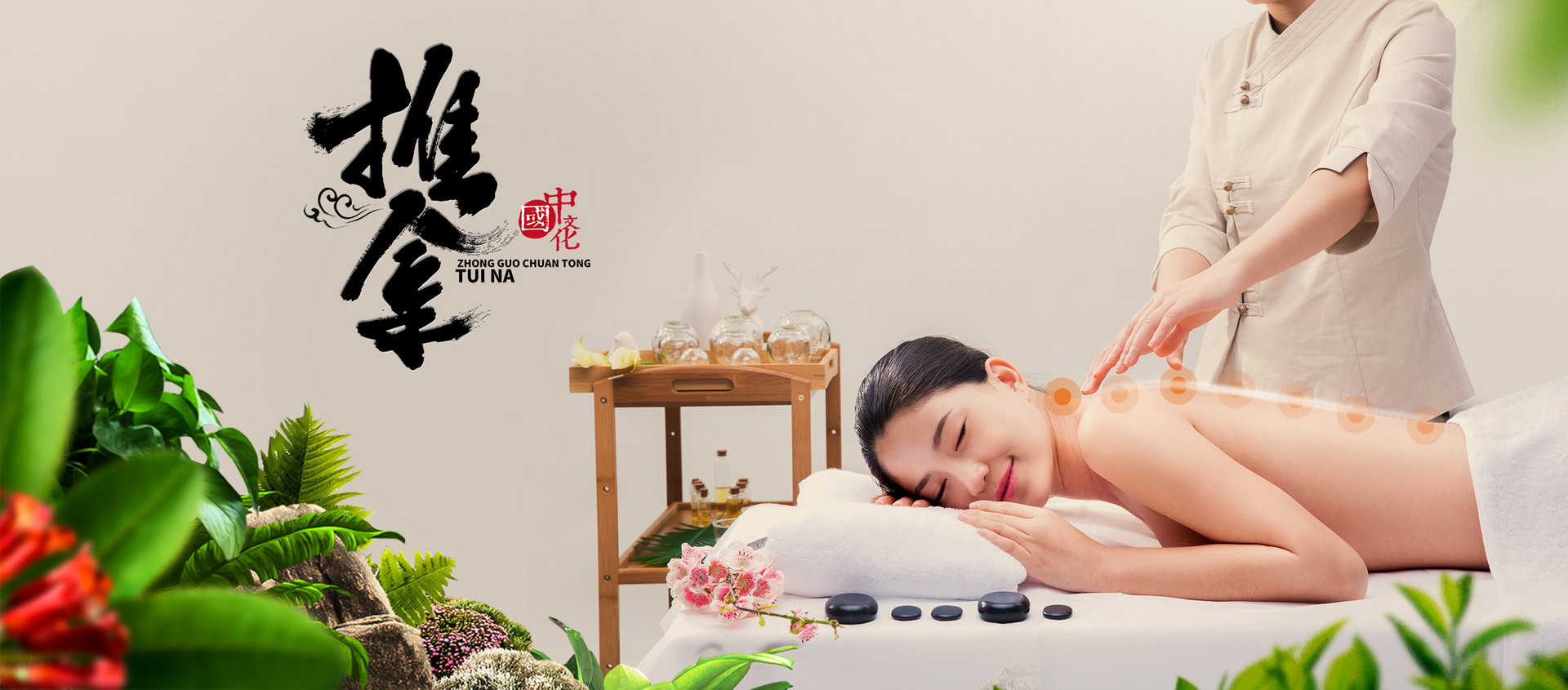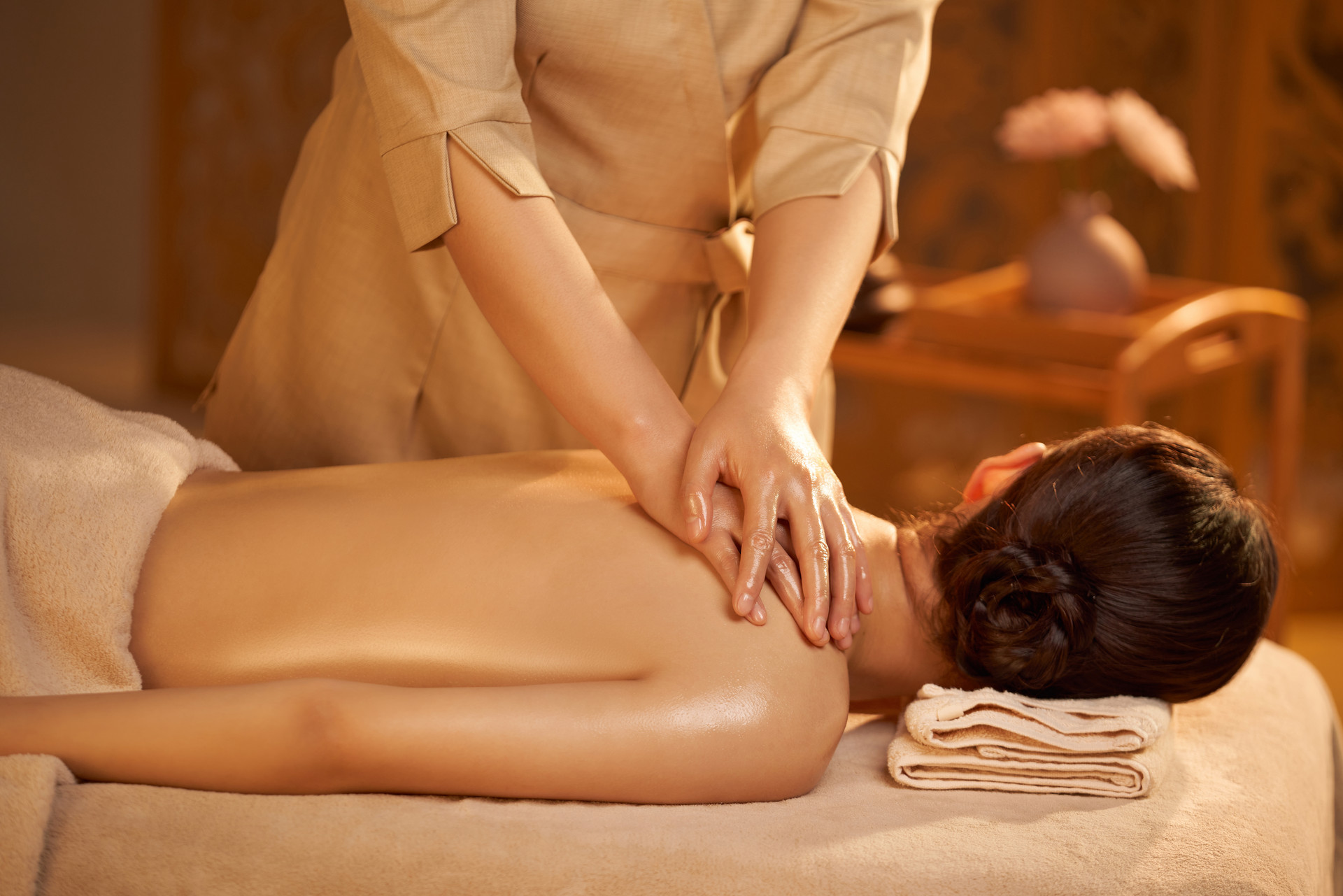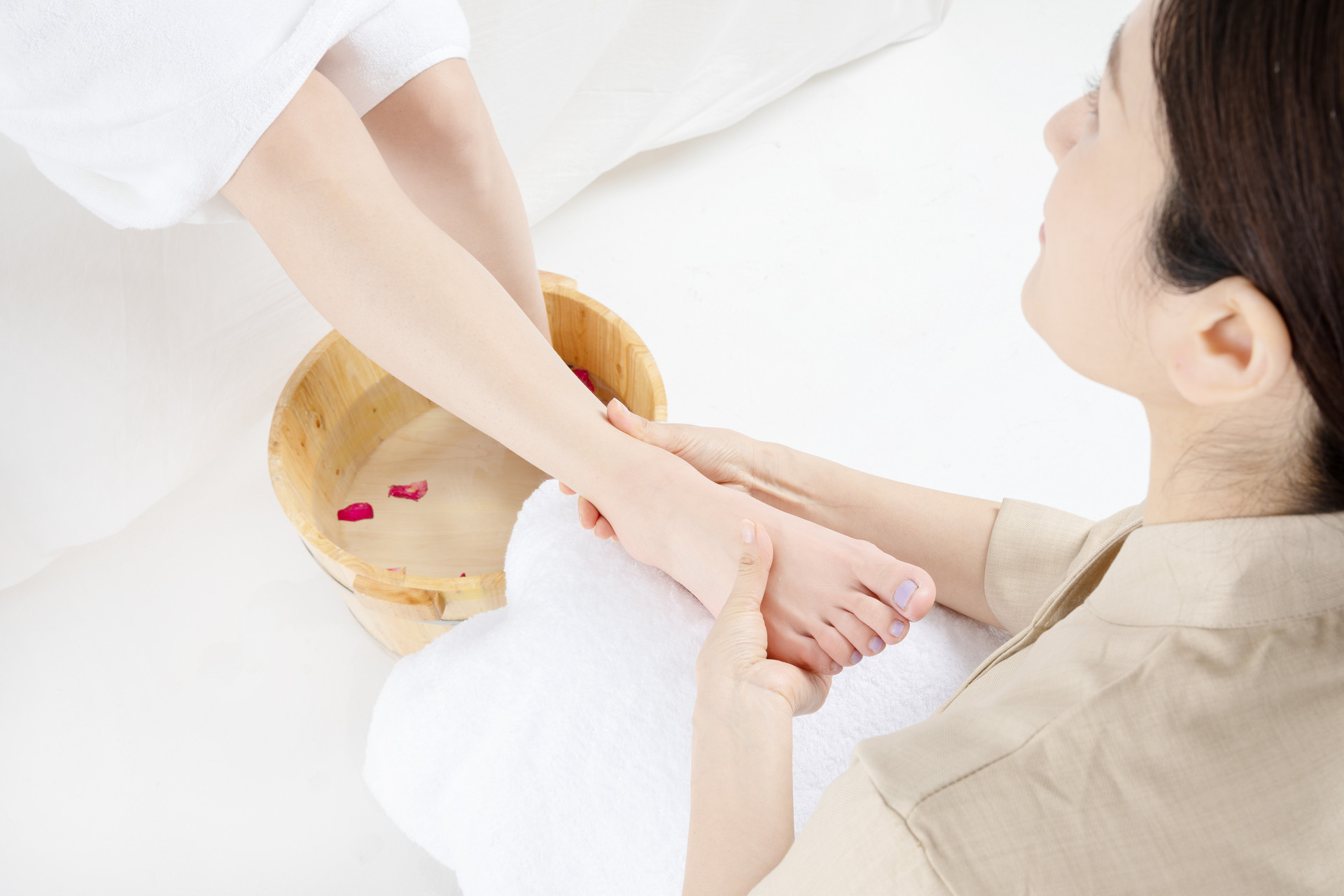Nowadays, due to people often watching TV, playing with their phones, reading books, etc., in incorrect posture or in poor lighting conditions, or even lacking certain elements in their bodies, it has led to a rapid decline in eyesight. So, are you a member of the nearsighted group? Do you know how to protect your eyes? Today, I will introduce some methods for treating nearsightedness.
Tuina Massage Therapy for Nearsightedness
Nearsightedness is a condition where things in the distance appear blurry while things up close are clear. It is a common eye disorder. A small portion of nearsightedness is due to genetic factors, while the majority is caused by poor posture and habits during reading and writing, such as being too close to the target, sitting in a bad position, excessive use of the eyes, or strong or weak lighting. These factors can cause the axial length of the eyeball to elongate and result in improper refraction, causing the focal point of parallel light rays to fall in front of the retina. Nearsightedness caused by prolonged spasm of the ciliary muscle and extraocular muscles is known as pseudomyopia.
Traditional Chinese medicine believes that nearsightedness is caused by innate deficiencies, insufficient liver and kidney functions, and the inability of essence and blood to nourish the eyes, resulting in the inability to see far.
The principle of massage therapy for treating nearsightedness is to unblock the meridians of the eyes, strengthen the spleen and stomach, and achieve a harmonious state of the body through massage techniques. This helps relieve eye fatigue and improve vision. Research has shown that massage therapy has significant effects on treating pseudomyopia, and it can also improve visual acuity in axial myopia.
Massage Techniques
(1) Sitting Position
Use the fingertip of the middle finger to knead the Zanzhu, Jingming, Chengqi, Sibai, Tongziliao, Sizhukong, Tianying, Taiyang, and Yifeng acupoints for 1 minute each. Then, use the fingertip of the thumb to massage the eye sockets 20 times. Use Zen pushing technique to stimulate the Fengchi acupoint for 1 minute. Use the fingertip of the index and middle fingers to push the Tianzhu acupoint, applying slight pressure until there is mild congestion under the skin. Finally, use the fingertip of the thumb to knead the Hegu acupoint for 2 minutes, and use the radial side of the thumb to stimulate the Liver and Kidney meridians 100 times each.
(2) Supine Position
Use palm pressing technique to press and hold the Guanyuan acupoint for 2 minutes, causing a warm sensation in the abdomen and waist. Then, use the fingertip of the thumb to knead the Xuehai and Sanyinjiao acupoints on the lower limbs for 2 minutes each, until a local soreness and swelling sensation is felt.
(3) Prone Position
Use Zen pushing technique to stimulate the Liver and Kidney Yu acupoints on both sides of the back for 1 minute each. Then, use palm rubbing technique to rub the Kidney Yu acupoint and directly rub the Du meridian repeatedly for 5 minutes, until the skin becomes slightly red and warm.
Effects of Tuina Massage
Unblocking Meridians
The Huangdi Neijing, an ancient Chinese medical text, states, "If the meridians are not unblocked, diseases will arise from lack of benevolence, which can be treated with massage." This shows that massage can unblock meridians. For example, kneading the Zusanli acupoint and pushing the Spleen meridian can increase the secretion of digestive fluids. From a modern medical perspective, massage mainly stimulates peripheral nerves, promotes blood and lymph circulation, and enhances metabolic processes between tissues, thereby coordinating the functions of various tissues and organs and improving the overall metabolic level of the body.











